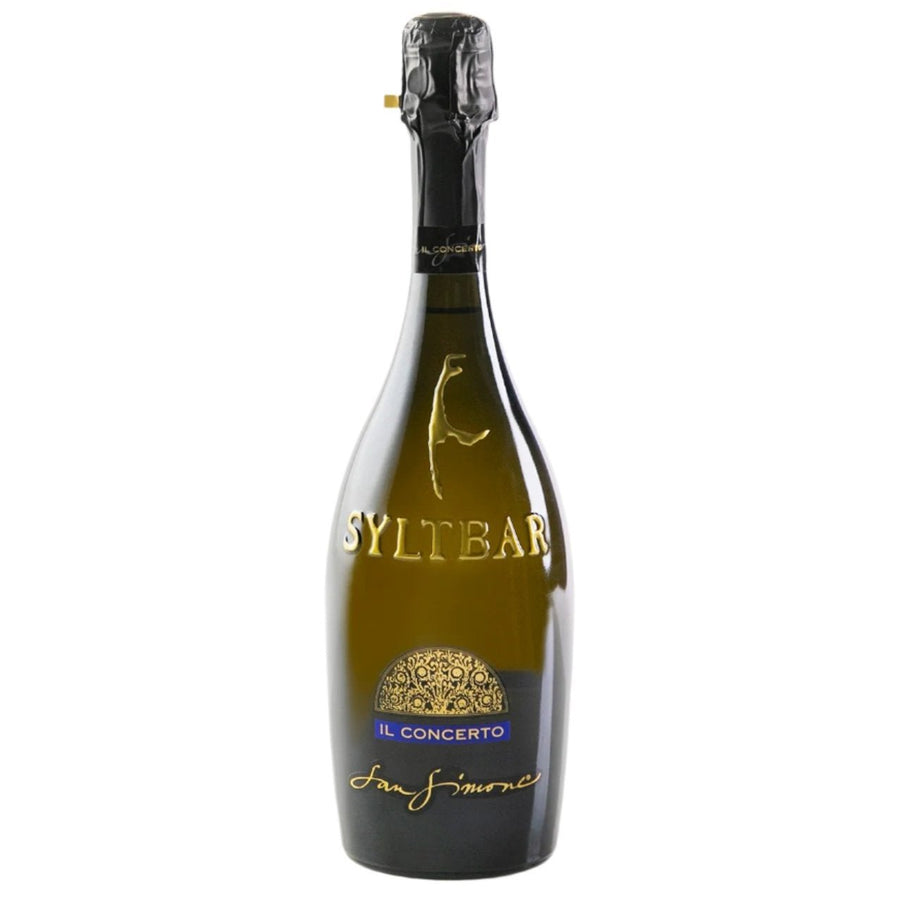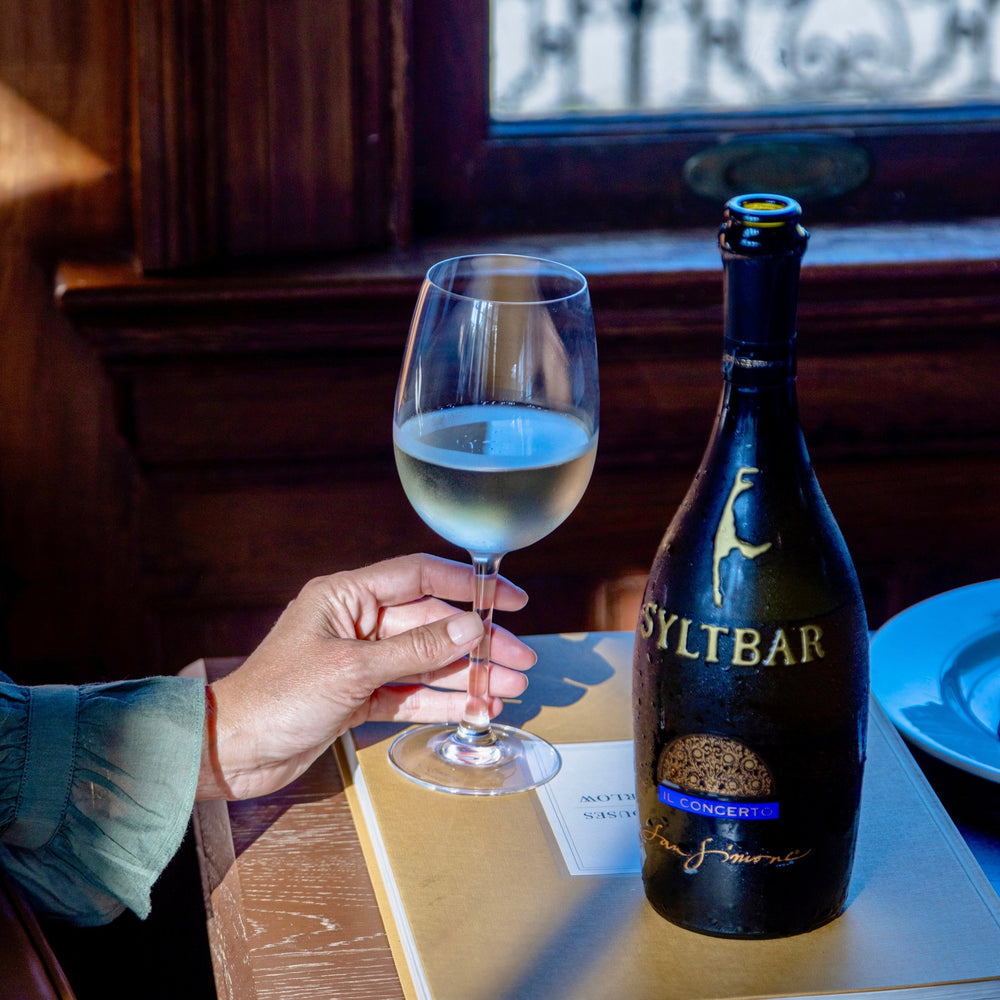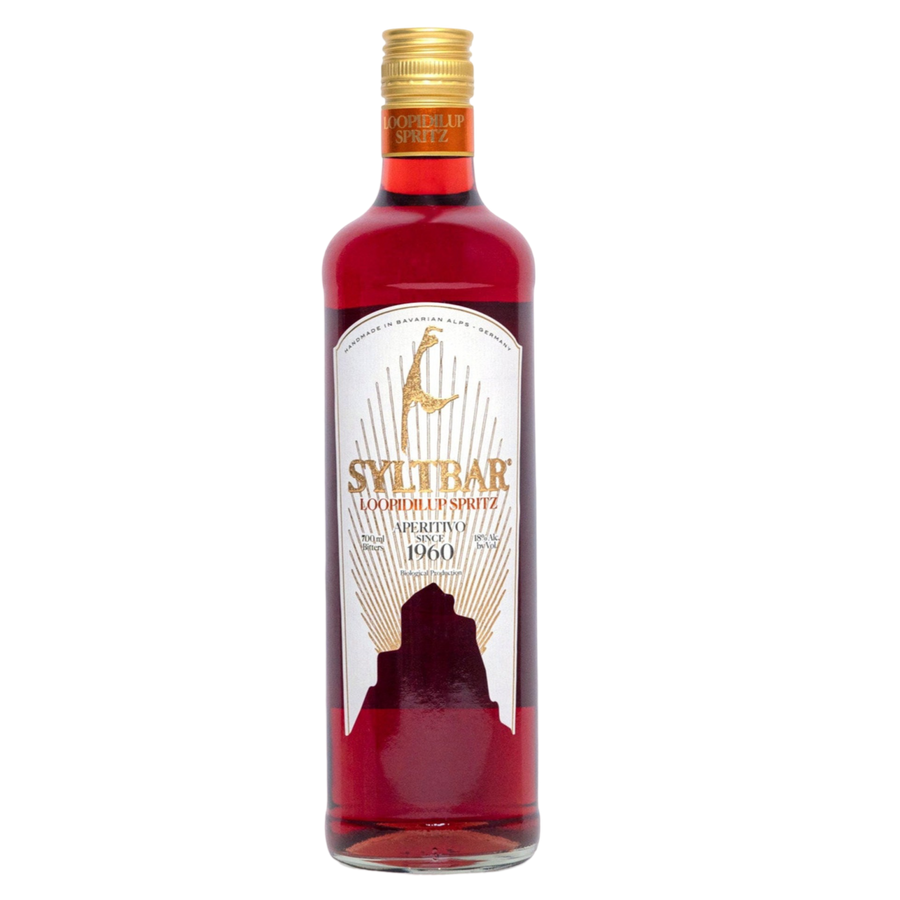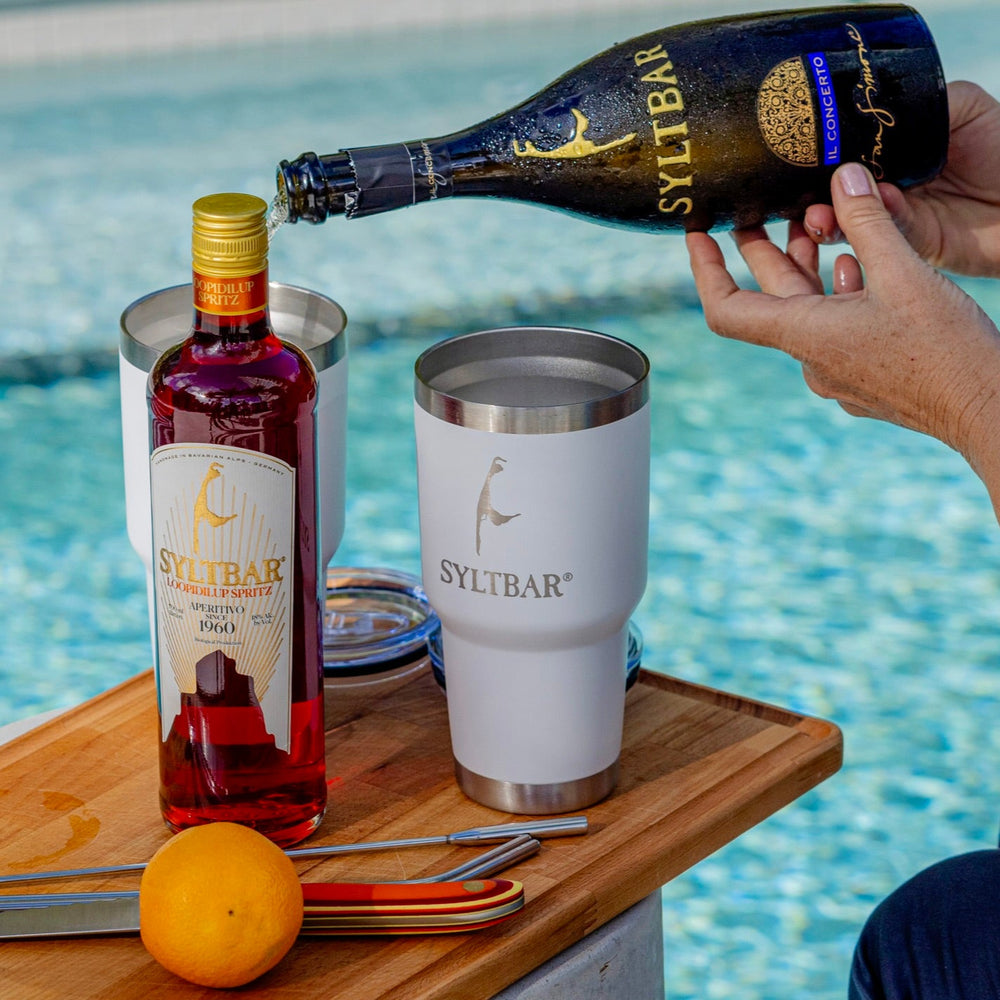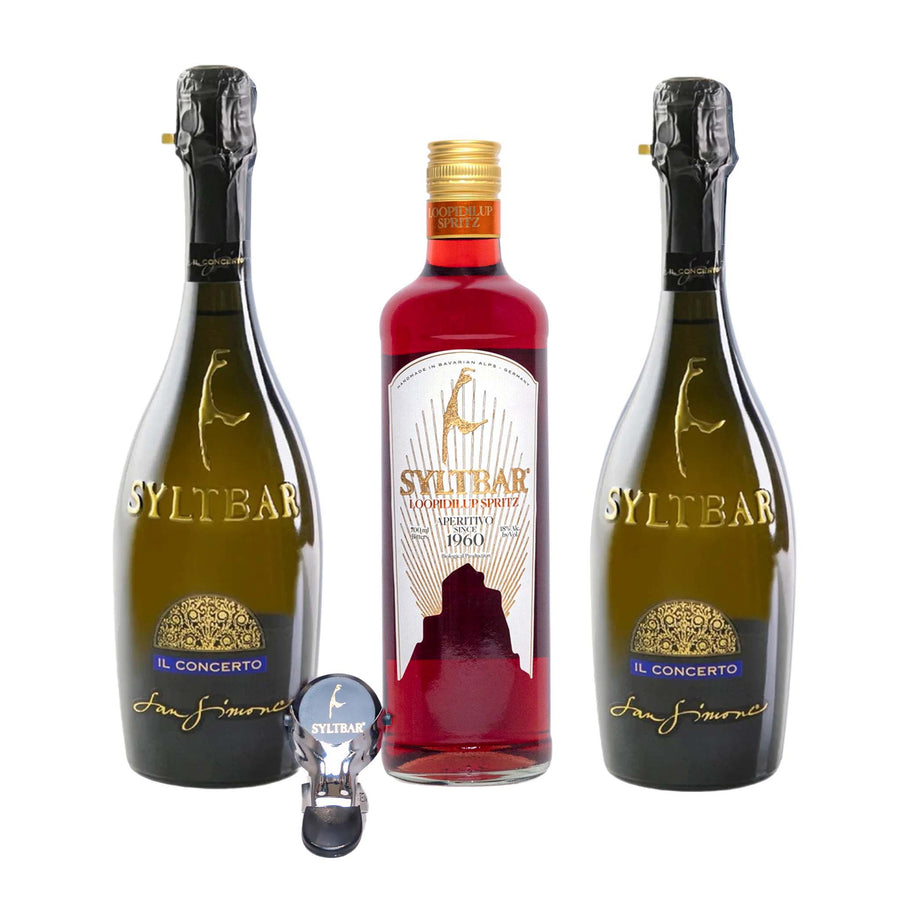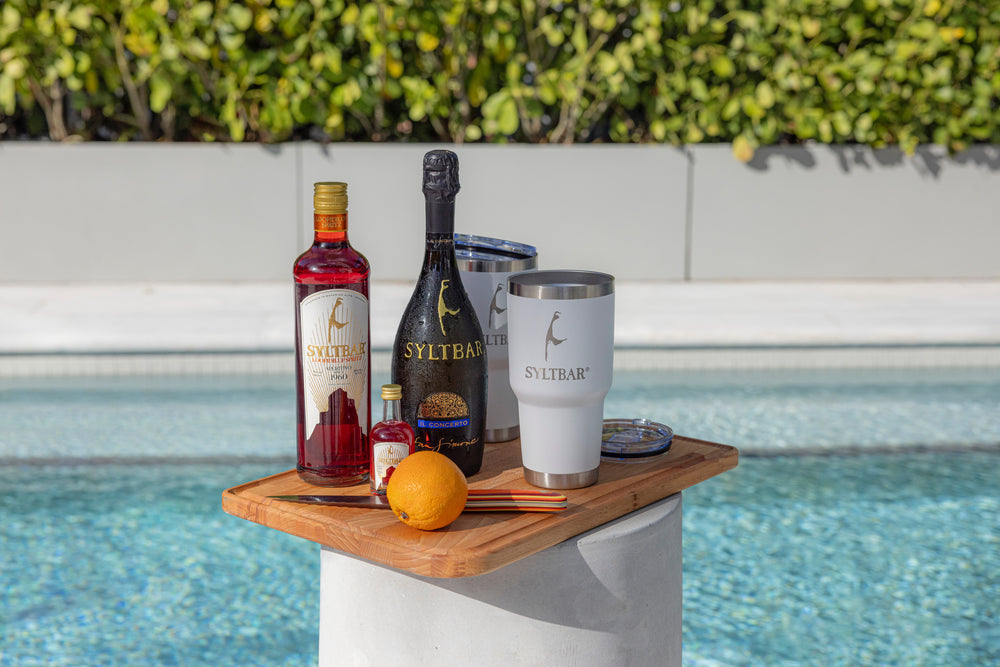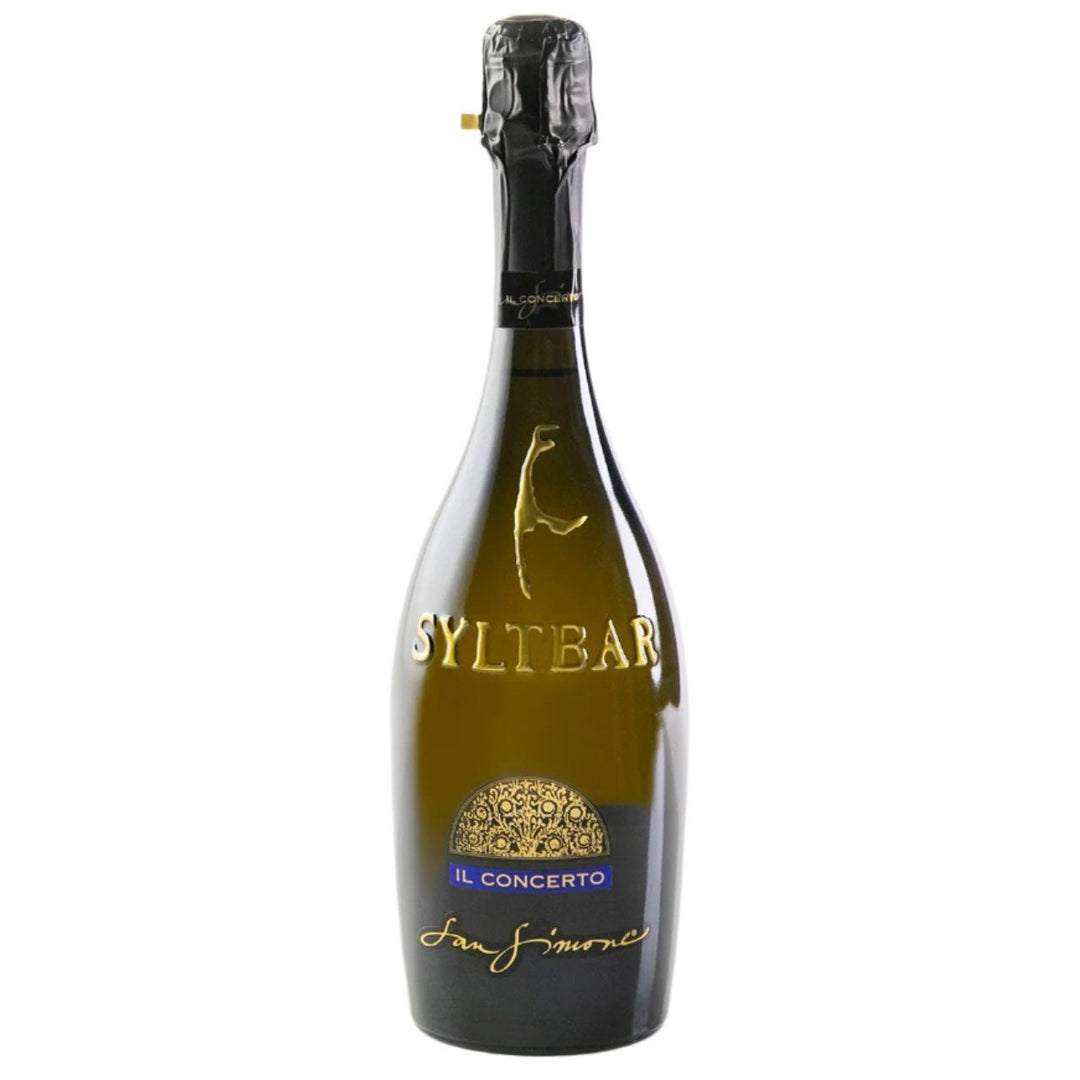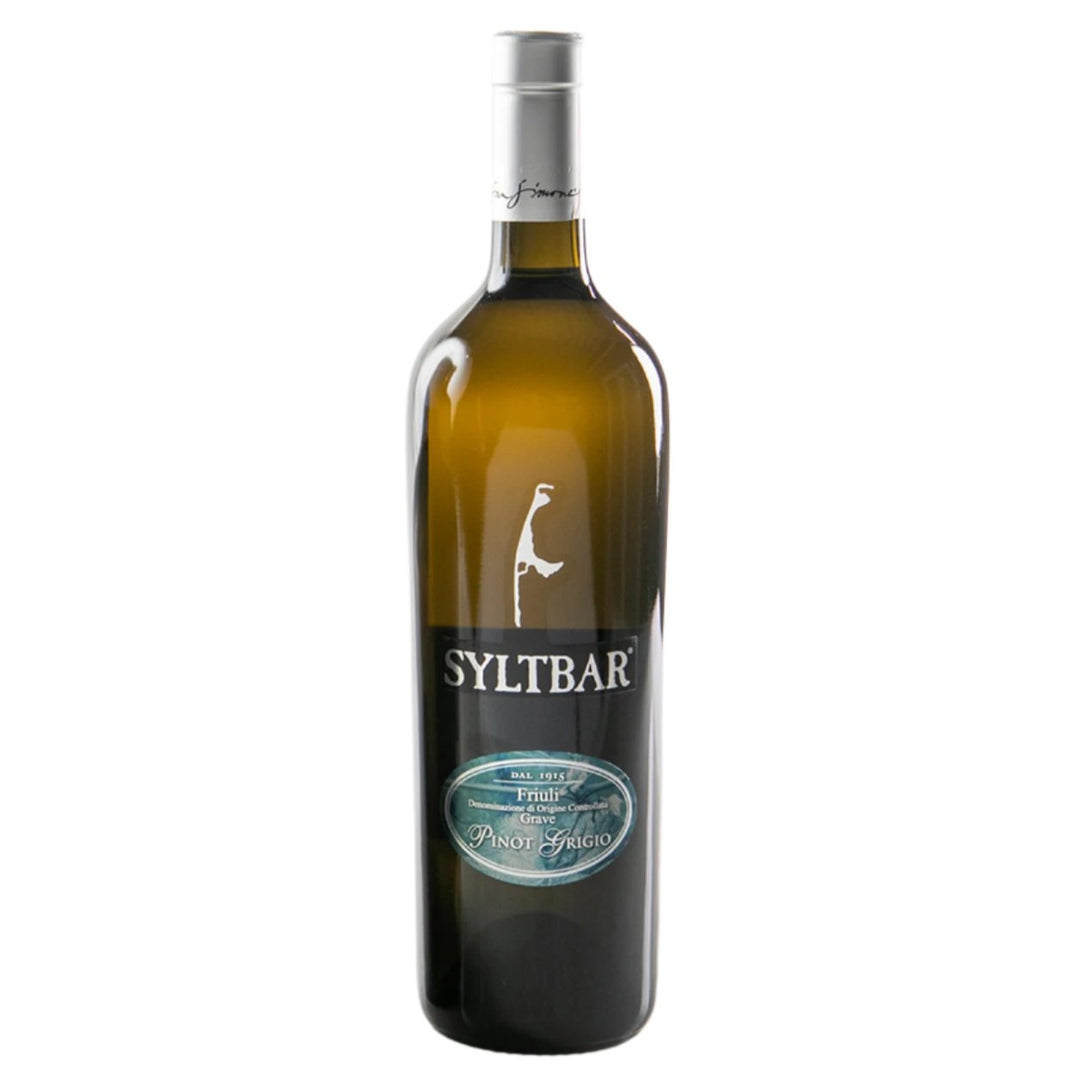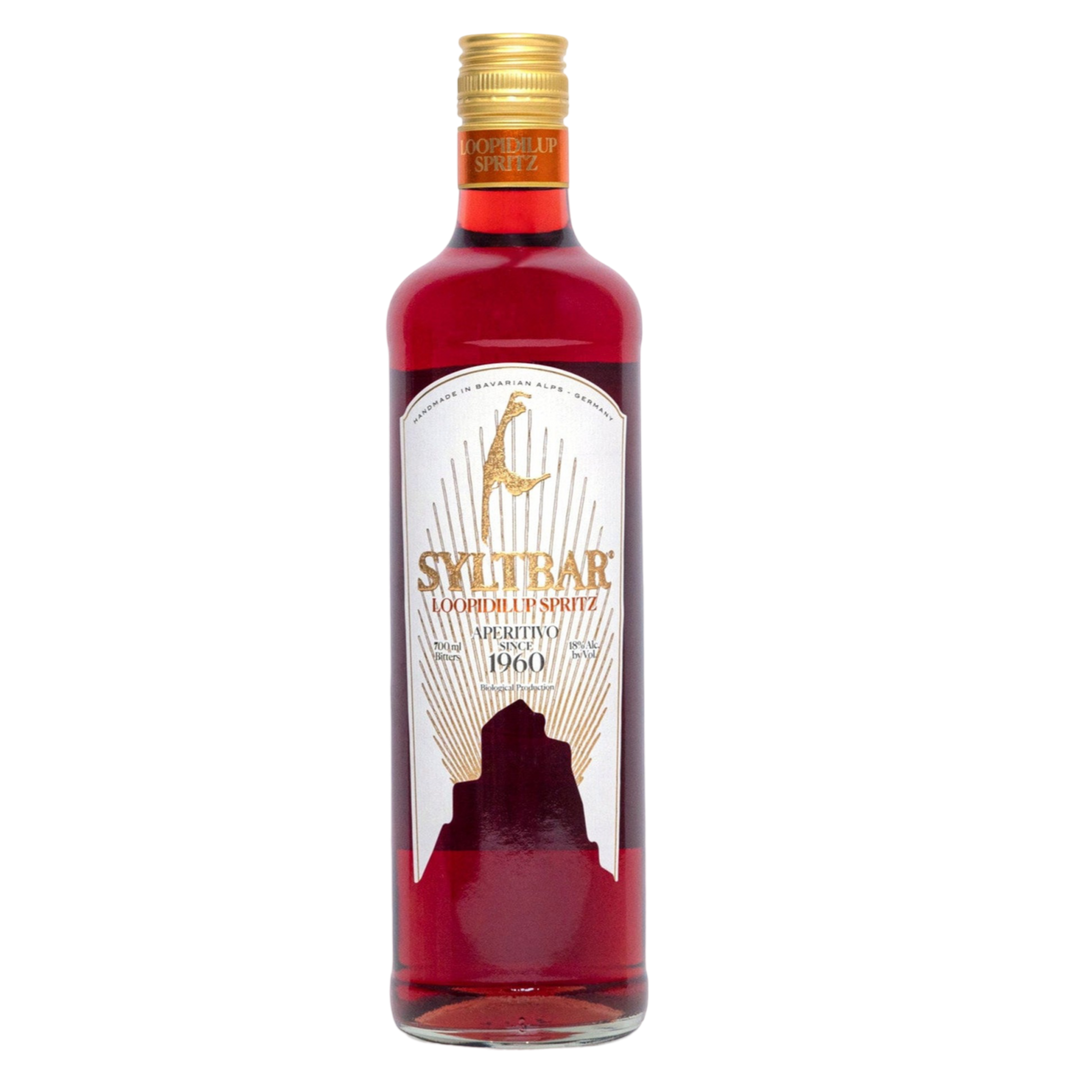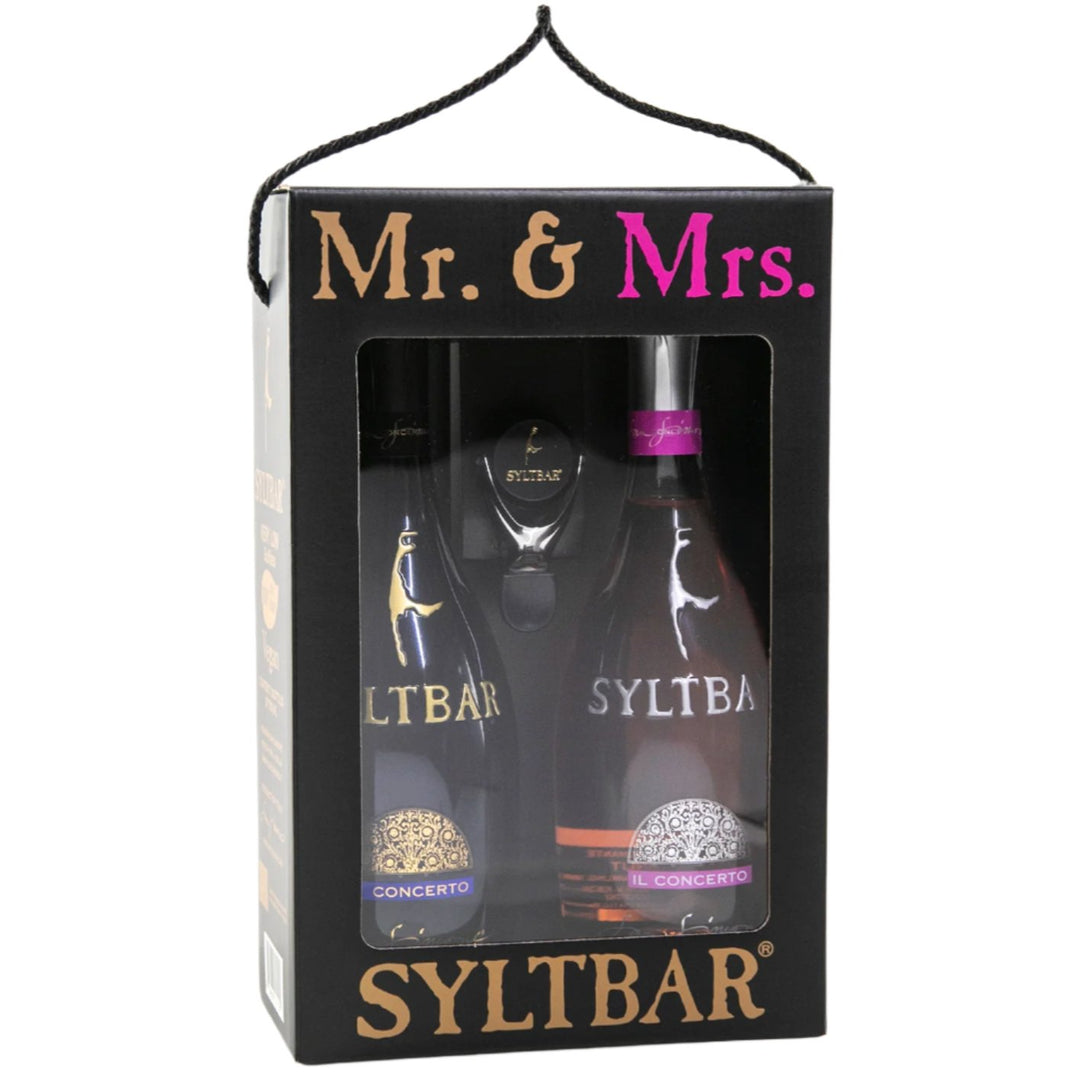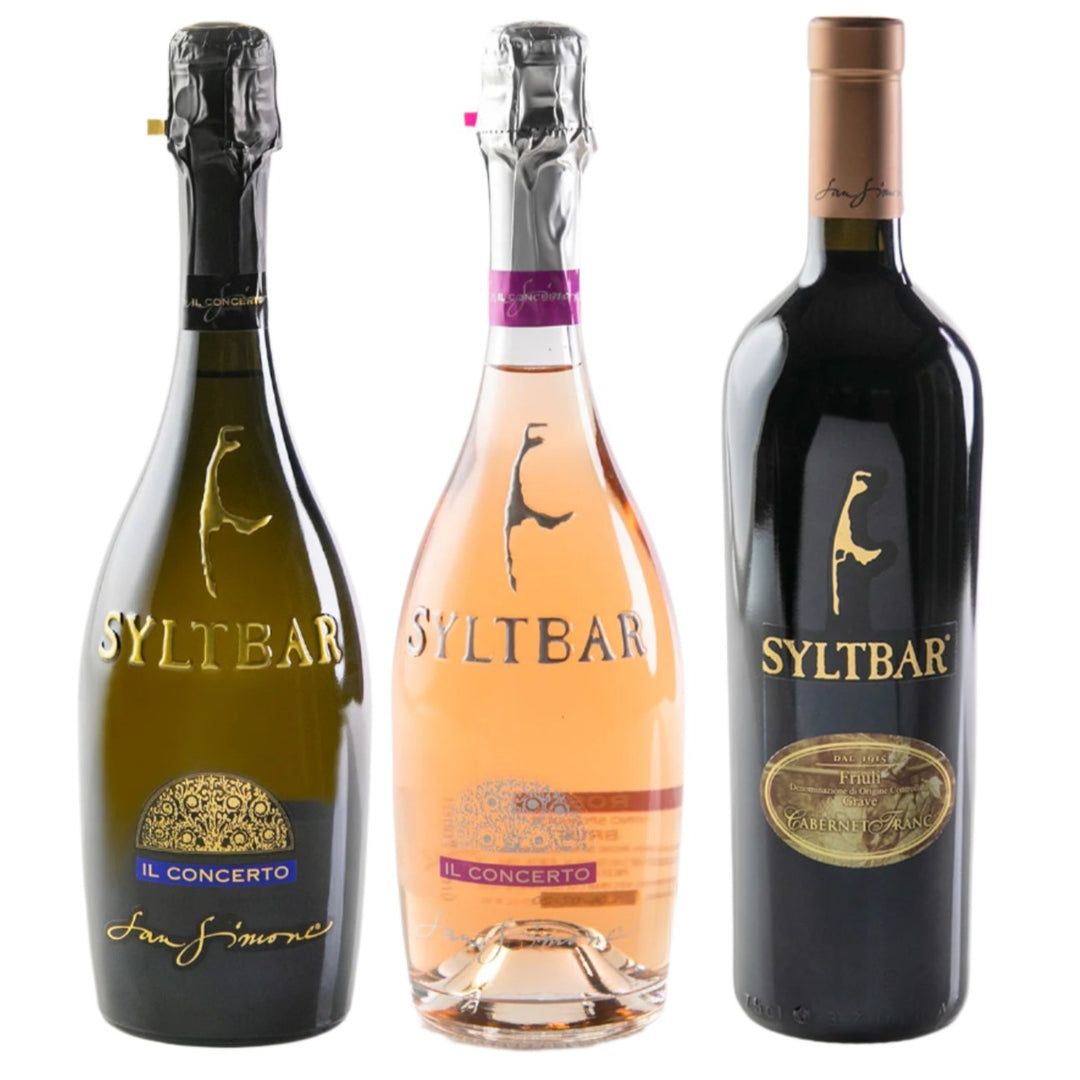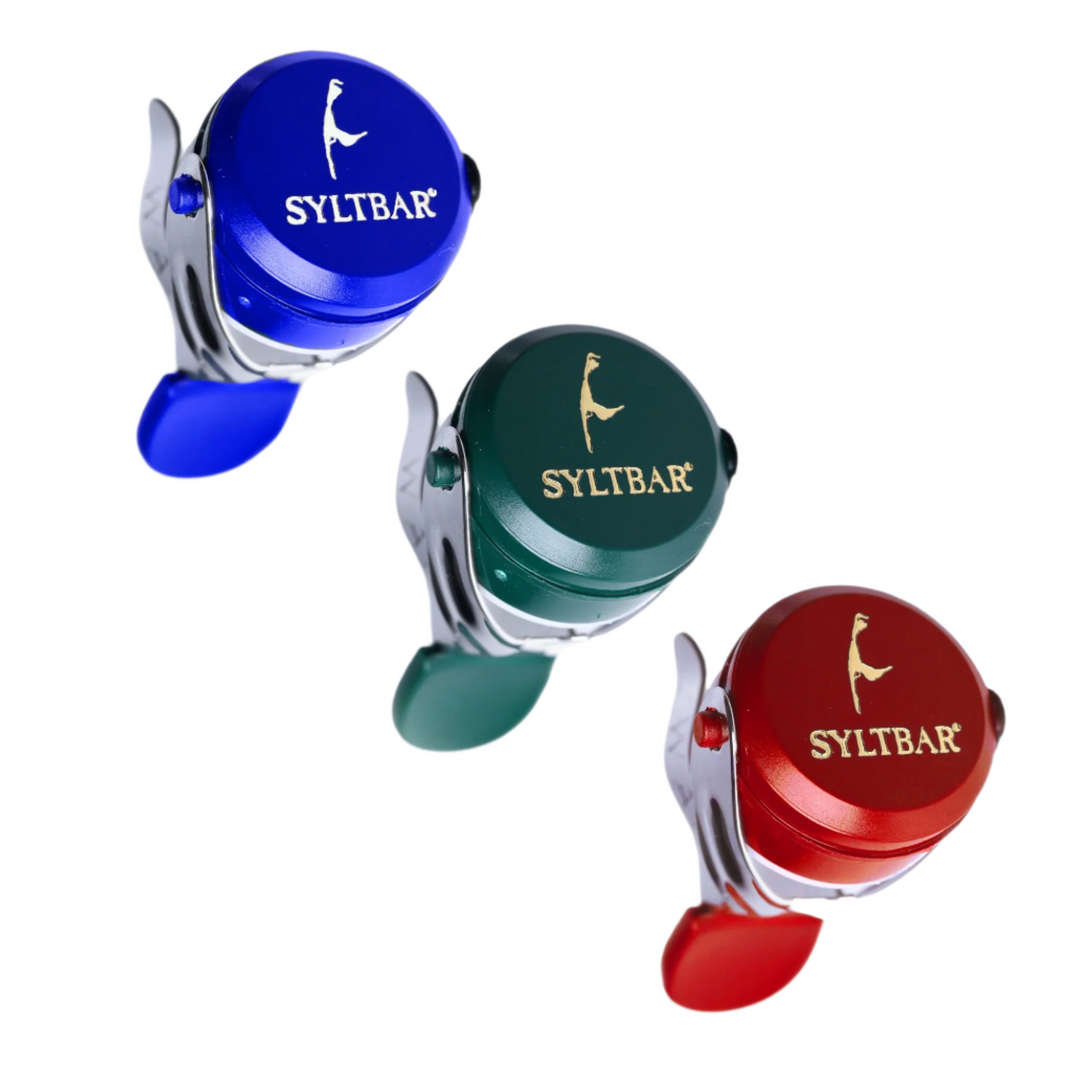Is It Worth It To Pay A Corkage Fee?
For wine lovers, one of the best parts about going out to a restaurant is pairing your food with a nice glass or bottle of wine. But what if your preferred bottle is not on the wine list or you want to open something extra special for the occasion? Some restaurants allow diners to bring their own bottles of wine to drink at their table — but they charge a fee for this.
Why Do Restaurants Charge a Corkage Fee?
A corkage fee is primarily charged as a way to offset some of the losses of the alcohol and bar profit. In some cases, however, the restaurant may not even serve alcohol at all, but they do have the legal license that allows guests to BYOB (bring your own bottle) and drink on-site. For these restaurants, the corkage fee goes toward the servers who are opening the bottle and pouring the drinks for the diners.
For a restaurant, allowing diners the freedom to bring their own bottles can help establish good rapport — especially for higher end clientele — and you still earn profit. You never know, many times, these customers might only bring one bottle with them, and then order another glass or a cocktail from the restaurant menu once it’s finished. Restaurants can also use their corkage fee as a marketing tool by offering promotions such as a $0 corkage fee with the purchase of another bottle or a $0 fee night special once per week.

How Much Is a Corkage Fee?
This varies greatly and depends entirely on the restaurant. The establishment is free to charge whatever they see fit for their corkage fee.
Corkage fees can be anywhere from $10 to $40. We tend to see $35 very often, but it really depends on the type of restaurant and its location. Big cities like Miami, New York and Las Vegas may have higher corkage fees than smaller towns, and fine dining and more VIP/exclusive locations will charge much more than a more casual restaurant, especially if there is already an extensive wine list and/or a sommelier on the premises. Sometimes the vintage of the wine affects the cost as well.
No matter what, there is always a markup for wine, so sometimes paying retail price for your own bottle of wine and paying an average corkage fee amount makes more sense than paying the restaurant price. For example, a bottle of Mr SYLTBAR Premium Prosecco is typically priced at $65 in most restaurants, and however it is only $20.99 when you shop online. $20.99 plus a $35 corkage fee is $55.99, a $10 savings from the restaurant’s price!

What Are the Cons of Corkage Fees?
The main cons are slow table turnover and profit loss. Diners who bring in their own bottle may linger at their table longer than those who come in and order a glass of wine and dinner from the menu and leave when they are finished. This causes slow table turnover, which results in more profit loss than the restaurant is already experiencing because of the BYOB customers.
Why Don’t I See SYLTBAR On Some Wine Lists?
The SYLTBAR brand only works with one family-owned-and-operated vineyard in Italy. This ensures consistent quality control, but it limits the ability to produce mass quantities to distribute all over the world like some brands do. We are not mad about that! In fact, we respect and support our producers in the way they produce smaller quantities of their wine — but they will always be high quality.
Because of this, you won’t see SYLTBAR on every restaurant menu. Ever notice how a lot of restaurant wine lists have the same wine brands? This is very much a “pay to play” kind of game. It’s all about making money for the restaurants, so they take advantage of the huge discounts they get when they serve the same set of wines. For example, say there is a group of five wine brands from the same distributor. If the restaurant decides to purchase all five wines and put them on their list, it will cost them much less than if they were only to select wine #1, #3 and #5. Many times, the people choosing the wines care more about saving money than they do about the caliber of product they are serving to their customers. In some cases, they may not even go through actual tastings of the wines and simply pick them based on cost.

When deciding what bottle to order from a menu, do your research. See if there is an actual winery behind the brand. There are so many reasons why it is better to support a brand owned by a vineyard than big name companies that mass produce. Don’t be fooled by the “bottled by” on the label; this does not mean it is owned by a winery.
We understand that it is difficult to run a successful restaurant and make a profit, especially if you are a smaller, family-owned business. Costs are constantly rising. Many restaurants also prefer to use local and fresh ingredients whenever possible, and that can be costly and time consuming to find the best companies from which to source ingredients and the best wineries to offer wine from. This is one very positive thing about bringing your own — it saves the restaurant time and money to look for you. You can bring your own, pay the corkage fee, and everyone wins!
While you might not be able to directly support local fresh farms and vineyards, you can support the restaurant very easily. Dine out there, tell your friends, post pictures on social media and tag them, leave reviews… All of these things not only help the restaurants, but it supports the farms and vineyards that they source from as well. These are all the same things that our customers have done to help SYLTBAR get to where it is now, and we are so thankful for it!
Explore more
Share this
Featured product
Featured product
It is time for SYLTBAR order now!
Join SYLTBAR mailing list
Sign up to receive delightful emails with deals, tips & more
or text CONNECT to 1-833 461-3379
MIGHT TAKE UP TO A MINUTE TO RECEIVE CODE TEXT! By texting CONNECT to us, you consent to receive marketing text messages through an automatic telephone dialing system at the number provided. Consent is not a condition to purchase. Text STOP to unsubscribe or HELP for help. Msg and data rates may apply. Read our privacy policy
SYLTBAR
Shop

*Total calories based on glucose and not by scientific testing. This statement has not been evaluated by the Food and Drug Administration. This product is not intended to diagnose, treat, cure, or prevent any disease.
